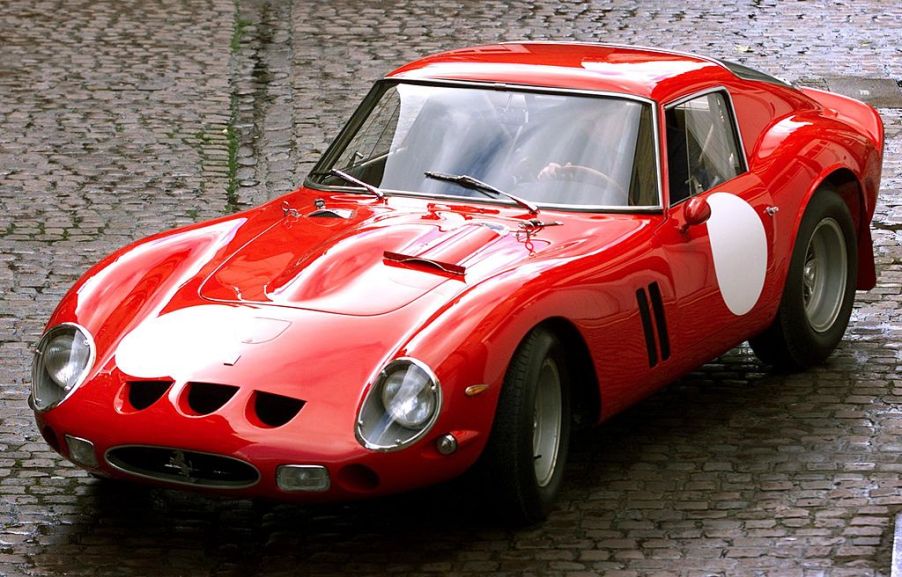
This Classic Car Is so Beautiful It Was Recognized as a Work of Art
The Ferrari 250 GTO was one of Ferrari’s most successful racing cars—success owed to numerous facets of design. Aerodynamics, handling, and engine performance made the 250 GTO a huge hit, though only 36 were ever made. It is believed that, to this day, all 36 are surviving and accounted for. The most recent sale of a 250 GTO was at a Monterey, CA auction.
This classic car fetched over $44 million, surpassing the earlier sale of a 250 GTO Berlinetta at around $38 million. The 250 GTO is now the most expensive classic cars in history—and even a recognized work of art in Italy.
In an unprecedented decision, Italian courts deemed that, based on awards, artistic merit, and unique quality, the Ferrari 250 GTO was a “work of art.” This title protects Ferrari and the 250 GTO from imposters and reproductions.
Is this just a bunch of Bologna?
While it may sound ridiculous at first, it is not bologna. In fact, the only thing about the topic which is Bologna would be the location of the presiding court, from Bologna, Italy. The risks to the Ferrari brand and possibly to drivers worldwide are very real, should any companies have been able to reproduce this classic car legally.
The 250 GTO is a 3.0L V12-powered race machine that weighs just under one ton. (1,980 lb). This animal of a classic car made its 0-to-60 run in under six seconds. The power plant produces just over 300 hp. This provides the car with a top speed of 174 miles per hour.
Just how successful was the 250 GTO?
For its time, the 250 GTO was among the fastest GT cars ever made. It managed to hold a 3-year stranglehold on the 2000 cc GT format, up until middle and rear-engine competitors took over.
The 250 GTO was one of the last front-engine cars to win—or even remain competitive—in GT races until the Vintage Racing class came into view.
The 250 GTO was run in 1964 because the newer model had not been approved to run the race. The 250 GTO should not have been allowed to race in the 2000cc GT class, however. One of the requirements for this racing class was a minimum 100 vehicle production number. Only 36 original 250 GTO Ferraris were ever made. Three additional “Type 64s” were tacked onto this number.
These classic cars were reportedly numbered out of order and moved around at inspection times to simulate having 100 or more vehicles.
What made Ferrari apply for this protection?
Ferrari wanted to protect its consumers and its legacy with one fell swoop. The company knew that such a light car, if built incorrectly, could have a lasting, negative effect on its reputation.
Beyond reputation, poorly-crafted knock-offs could get customers hurt. Wouldn’t you buy a $44 million car for a steal even if you had no way to identify real from fake?
Ferrari believed so strongly in this intention, that it applied to have the 250 GTO crowned a work of art, despite there being zero legal precedents for doing so. Surprisingly, the company was successful—excellent news for collectors and prospective customers. The passion Ferrari has for creating unique classic cars really shines through with this act of protection.
Classic cars are widely renowned for their luster and class. Few are in the same league as the 250 GTO. When the Italian Court in Bologna acknowledged the 250 GTO as a work of art, they laid the legal precedent for other automakers to register classic cars in a similar fashion. Now, Ford may seek to do the same with the FT40, a car built to wrest the Le Mans championship from Ferrari’s hands.


